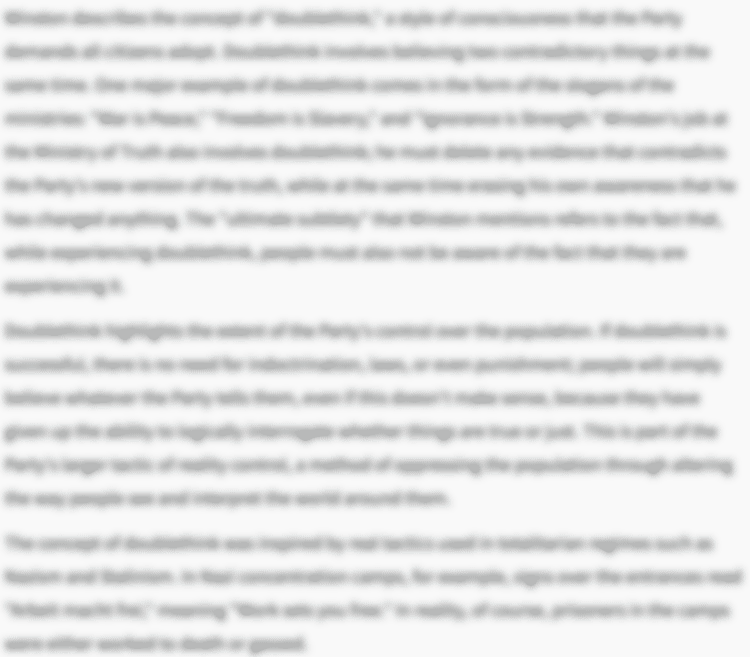Amit Chaudhuri’s “Real Time” takes place over the course of one morning, as Mr. Mitra and Mrs. Mitra, an upper middle class Indian couple, attend a shraddh (Hindu mourning ceremony) for Anjali, a relative who has recently committed suicide. Like mourning ceremonies in many cultures, a shraddh ceremony normally provides structure and routine to a bereaved family, and gives visitors like the Mitras a social script to comfort the mourning. But because Anjali died by suicide, Mr. Mitra doesn’t know how the gathering will unfold or how he should behave. In the story’s opening, he and Mrs. Mitra debate whether or not they should buy flowers; later, Mr. Mitra reflects that some of the usual rituals, such as placing a small piece of dough outside for a crow, will probably not be observed due to the nature of Anjali’s death. At the shraddh, Mr. Mitra feels an “uneasiness” in his conversations and struggles to avoid mentioning Anjali, even though he usually finds it easy to talk to others at such gatherings. Instead, he finds himself reflecting on gossip about Anjali’s final days, such as his knowledge that she had recently left her husband and that her parents “had not been altogether sympathetic” when she came to live with them. Mr. Mitra’s sense of profound social awkwardness at the shraddh, and his fascination with the circumstances of Anjali’s death, show how shameful her suicide is considered within her upper middle class Indian context. And although mourning ceremonies often can provide genuine meaning and comfort to grieving families, the strained nature of this gathering suggests that tradition alone cannot suffice when someone dies by suicide, as Anjali does. Ultimately, the mourners’ collective determination to complete conventional rituals, yet without confronting what’s happened, prevents them from finding comfort or genuinely reckoning with Anjali’s death.
Death, Grief, and Ceremony ThemeTracker

Death, Grief, and Ceremony Quotes in Real Time
“Well, what should we do?” Mr. Mitra’s face, as he turned to look at his wife, was pained, as if he was annoyed she hadn’t immediately come up with the answer.
“Do what you want to do quickly,” she said, dabbing her cheek with her sari. “We’re already late.” She looked at the small dial of her watch. He sighed; his wife never satisfied him when he needed her most; and quite probably it was the same story the other way around.

Unlock explanations and citation info for this and every other Real Time quote.
Plus so much more...
Get LitCharts A+He was wearing a white cotton shirt and terrycotton trousers because of the heat, and shoes; he now regretted the shoes. He remembered he hadn’t been able to find his sandals in the cupboard. His feet, swathed in socks, were perspiring.
As they passed a petrol pump, Mr. Mitra wondered what view traditional theology took of this matter, and how the rites accommodated events such as this — she had jumped from a third-floor balcony — which couldn’t, after all, be entirely uncommon. Perhaps there was no ceremony. In his mind’s eye, when he tried to imagine the priest, or the long rows of tables at which people were fed, he saw a blank.
They didn’t expect it would be a proper shraddh ceremony; they didn’t think people would be fed. So Mrs. Mitra had told the boy at home, firmly so as to impress her words upon him, “We’ll be back by one o’clock! Cook the rice and keep the daal and fish ready!” Without mentioning it clearly, they’d decided they must go to the club afterward and get some cookies for tea.
He felt bored; and he noticed a few others, too, some of whom he knew, looking out of place. Shraddh ceremonies weren’t right without their mixture of convivial pleasure and grief; and he couldn’t feel anything as complete as grief. He’d known Anjali slightly; how well do you know your wife’s distant relations, after all? He’d known more about her academic record, one or two charming anecdotes to do with her success at school, her decent first-class degree, and about her husband, Gautam Poddar, diversifying into new areas of business, than about her.
Below him was a porch to the left, and the driveway, which seemed quite close. A young woman, clearly not a maidservant, was hanging towels from the railing in one of the balconies opposite.
Did it happen here? He looked at the woman attach clips to another towel. Apparently those who always threaten to, don’t.
He had a vaguely unsatisfying feeling, as if the last half hour had lacked definition.
Once inside the car, he said to his wife, “I don’t know about you, but I’m quite ravenous.”











